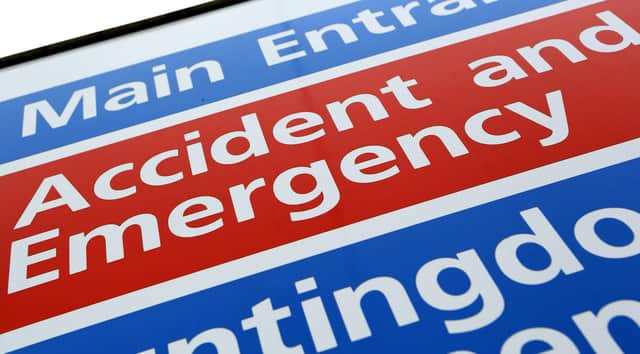Rise in visits to A&E at Wirral University Teaching Hospital


More patients visited A&E at Wirral University Teaching Hospital last month, with demand rising above the levels seen over the same period last year.
NHS England figures show 11,425 patients visited A&E at Wirral University Teaching Hospital NHS Foundation Trust in March.
Advertisement
Hide AdAdvertisement
Hide AdThat was a rise of 23% on the 9,272 visits recorded during February, and 30% more than the 8,800 patients seen in March 2021.
The figures show attendances were above the levels seen at the start of the coronavirus pandemic – in March 2020, there were 7,889 visits to A&E at Wirral University Teaching Hospital.
The majority of attendances last month were via major A&E departments – those with full resuscitation equipment and 24-hour consultant-led care – while 24% were via minor injury units.
Across England, A&E departments received 2.2 million visits last month.
Advertisement
Hide AdAdvertisement
Hide AdThat was an increase of 19% compared to February, and 29% more than the 1.7 million seen during March 2021.
At Wirral University Teaching Hospital NHS Foundation Trust:
In March:
There were 399 booked appointments, up from 360 in February
61% of arrivals were seen within four hours, against an NHS target of 95%
708 patients waited longer than four hours for treatment following a decision to admit – 6% of patients
Of those, 17 were delayed by more than 12 hours
Separate NHS Digital data reveals that in February:
The median time to treatment was 104 minutes. The median average is used to ensure figures are not skewed by particularly long or short waiting times
Around 7% of patients left before being treated